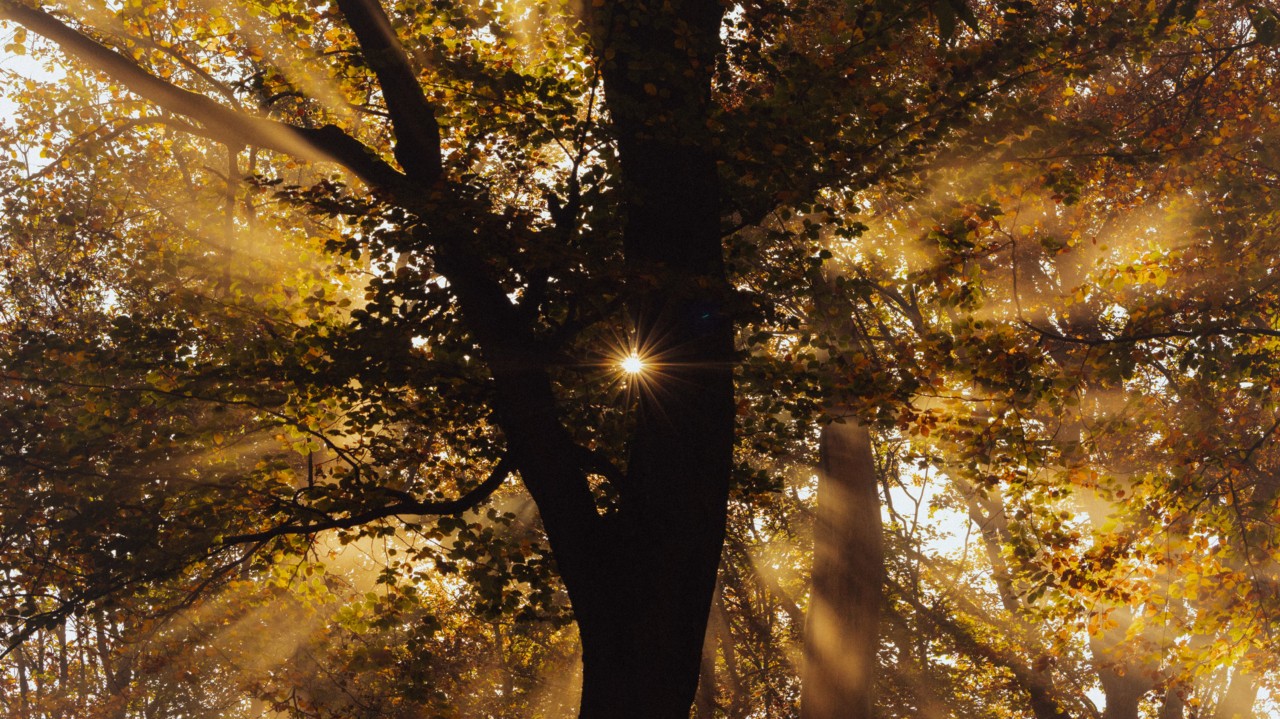“‘Hope’ is the thing with feathers—
That perches in the soul—
And sings the tune without the words—
And never stops—at all—”
—Emily Dickinson
Once, the artist ANOHNI shared with me a revelation she’d had that, while our experience of the world is divided evenly into night and day, dark and light, an expanded view of the universe reveals a more startling truth: that it is, by far and away, vastly dark. When she first pointed this out to me, I was admittedly disturbed. But in the time since, I’ve come to appreciate how precious it is that the sources of light that give figure to our days—and less brilliantly, our nights—are rare candles in an otherwise dark expanse. Most prominent among them, the sun.
If this is reaching you in the Northern Hemisphere, today marks the longest day of the year: the summer solstice. Throughout the ages, various cultures have designated this day as sacred, and have deified the sun as a life-giver. As with much of mythology, this is rooted in truth: the sun is responsible for all life on Earth. In fact, it was the sun’s transition from a swirling cosmic nebula to the star we know today that birthed our solar system.
Zooming in slightly, the sun is also the primary force that shapes our planet’s climate system. It sculpts atmospheric circulation, oceanic currents, and the weather we live by. Due to a tilt in the Earth’s axis, varying exposure to the sun’s rays throughout the year also yields the seasons—and even the slightest shift in that tilt or lilt in our orbit can precipitate massive climate shifts (such as ice ages). All of life is suspended in a delicate balance, revolving around this light in the sky.
Down on Earth’s surface, nearly all organisms from cyanobacteria to human beings have evolved with internal clocks tuned to the sun—otherwise known as circadian rhythms. In animals, these clocks help regulate our sleep cycles, metabolisms, hormone levels, and even our immune systems. A number of studies have also found that these rhythms are being disrupted by artificial light exposure, in our species and others. In other words, our very health is tied to the sun.
Of course, the sun shapes life in other ways. Either directly or indirectly, it feeds the vast majority of lifeforms on our planet through photosynthesis—the conversion of sunlight into sustenance. Plants, algae, and even some bacteria convert sunlight, carbon dioxide, and water into energy in the form of glucose (and releasing oxygen in the process). Both on land and in the sea, organisms that provide this function are known in the food chain as primary producers, creating the matter that then feeds herbivores, and then the carnivores that eat them.
Converting sunlight into renewable energy is one of the best climate solutions we have, too. Every day, the sun shines about 173,000 terawatts of energy on the Earth—more than 10,000 times humanity’s daily energy needs. And according to the International Energy Agency, it is now the cheapest source of electricity in history. So don’t believe the myth that climate apocalypse is inevitable; it is entirely possible to power life without reliance on fossil fuels.
“‘Hope’ is the thing with feathers,” the poet Emily Dickinson once wrote. I would like to posit that perhaps hope is what illuminates the thing with feathers: that rare candle in the sky, a ball of fire blazing in the dark. Unlikely and extinguishable one day, but strong enough to shape and power worlds in the meanwhile. In a universe that is otherwise impenetrably inky—a void that could swallow us whole if we let it—it is hope that gives us life. And like the sun, we will rise.

Leave a Reply Cancel reply